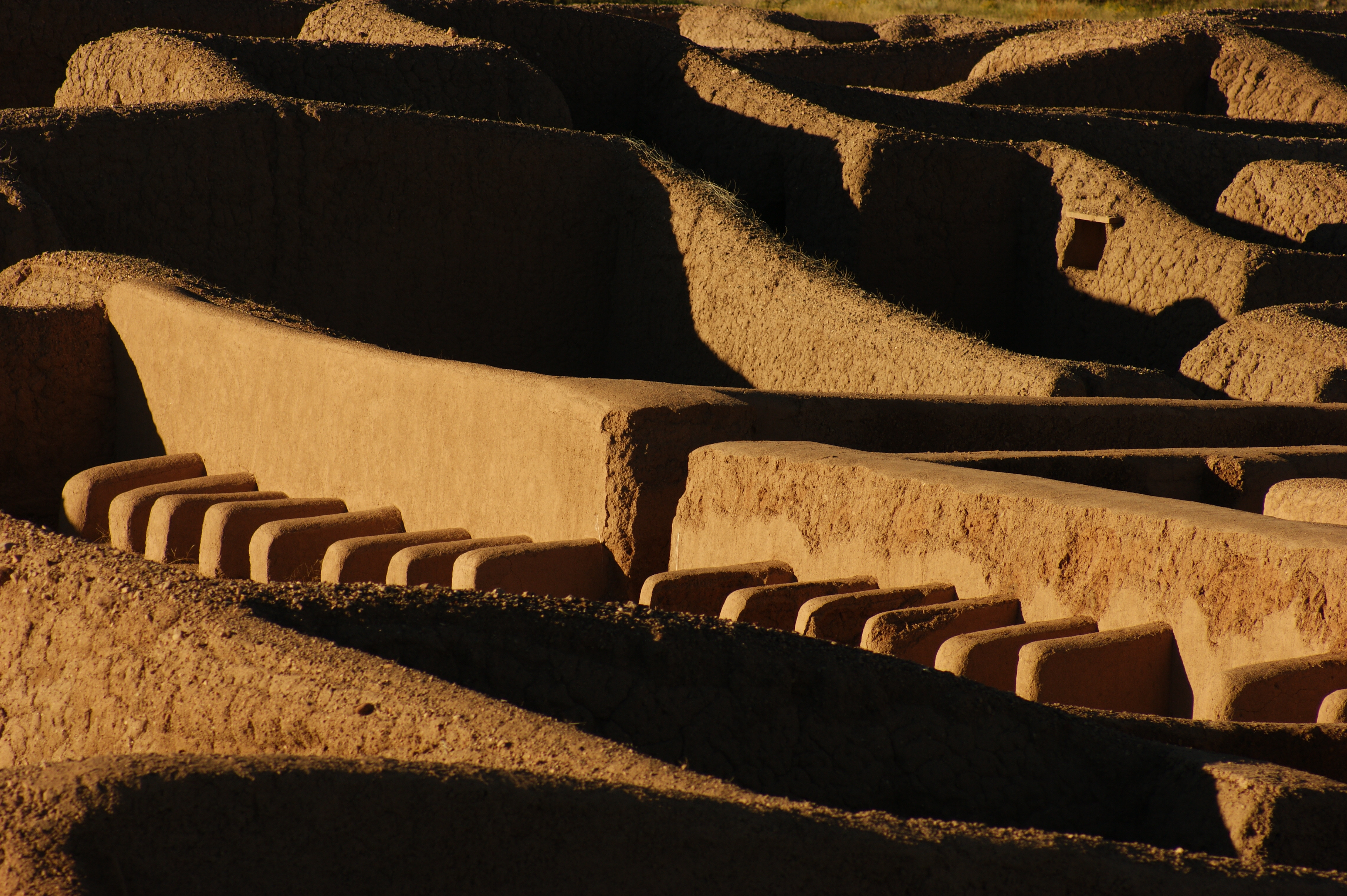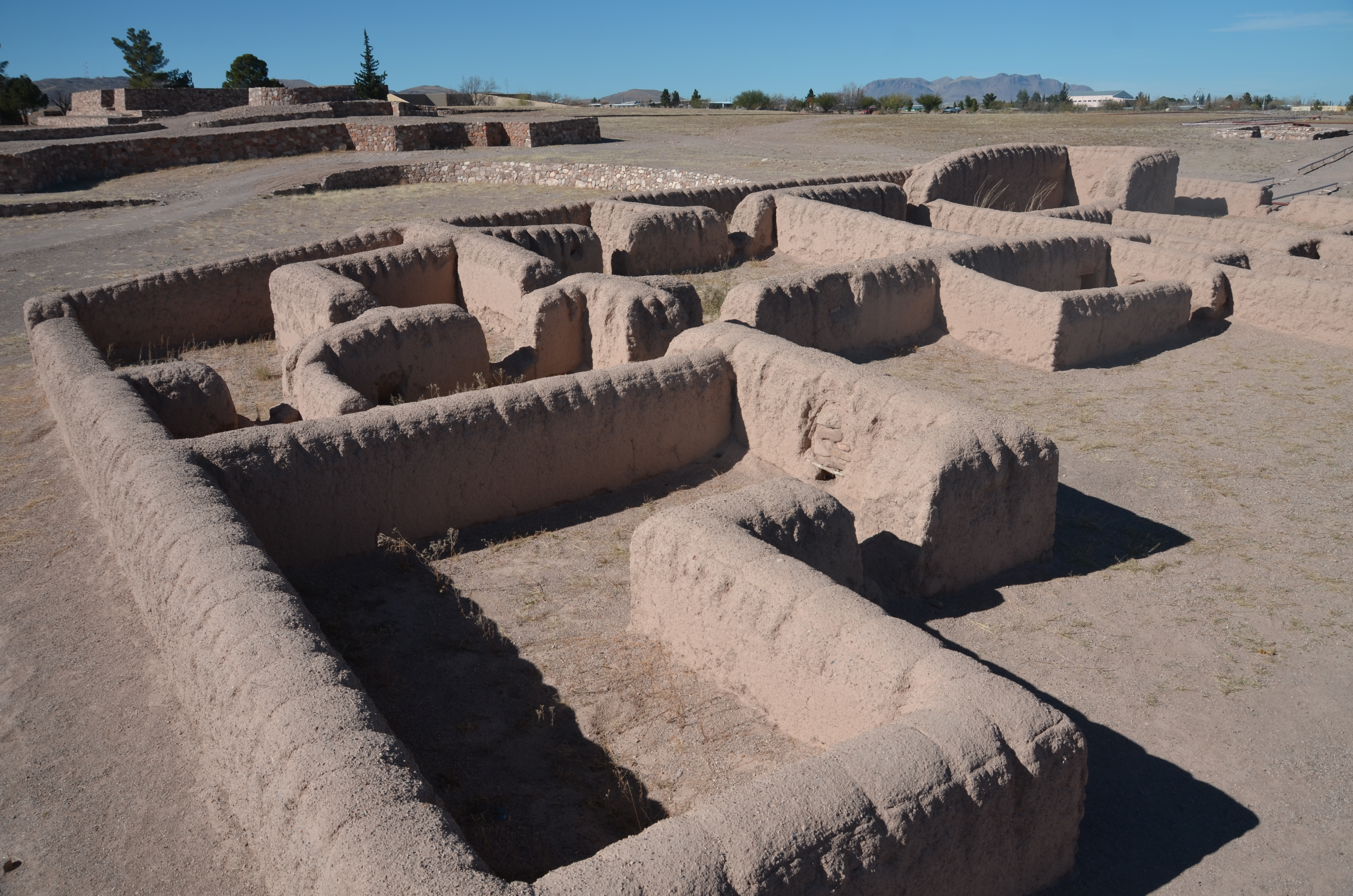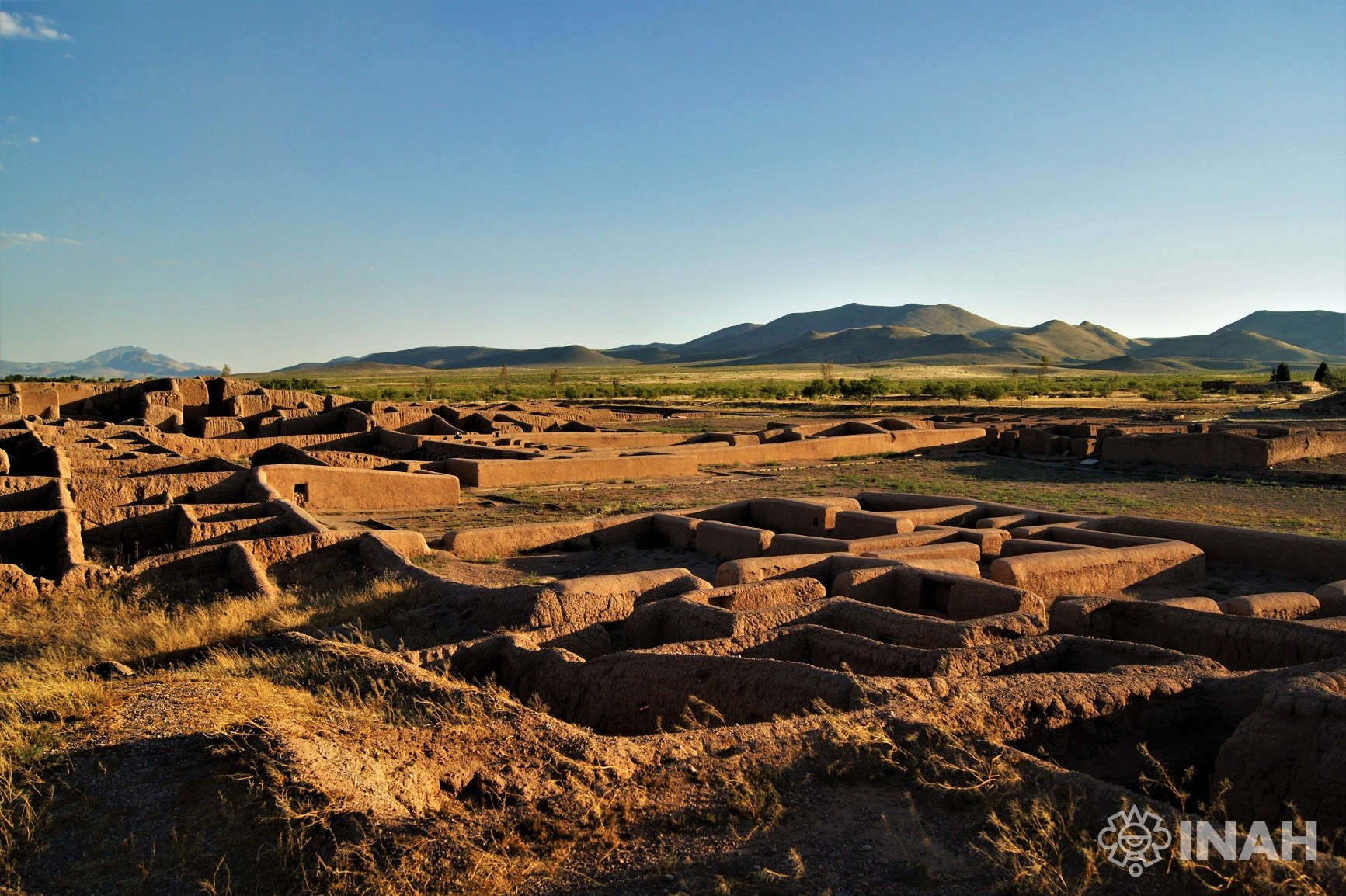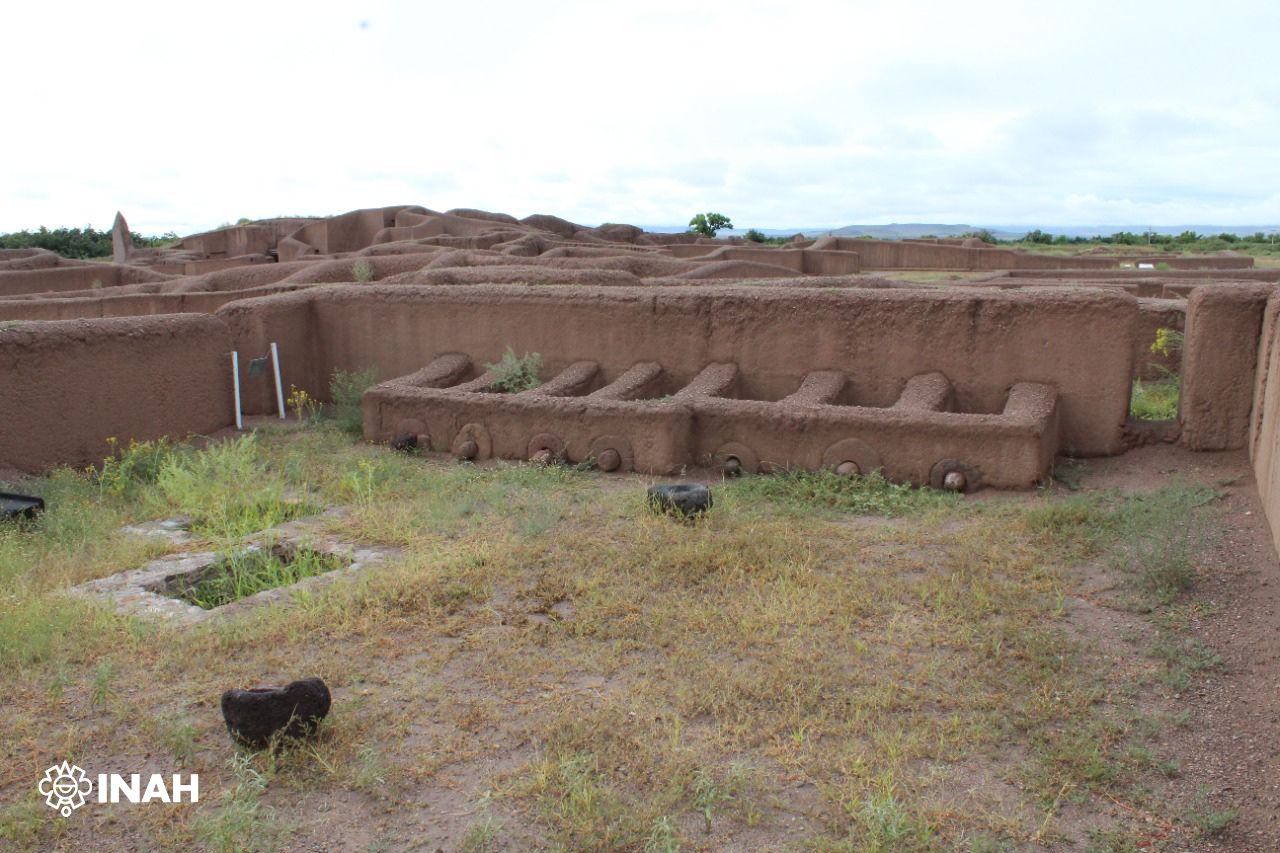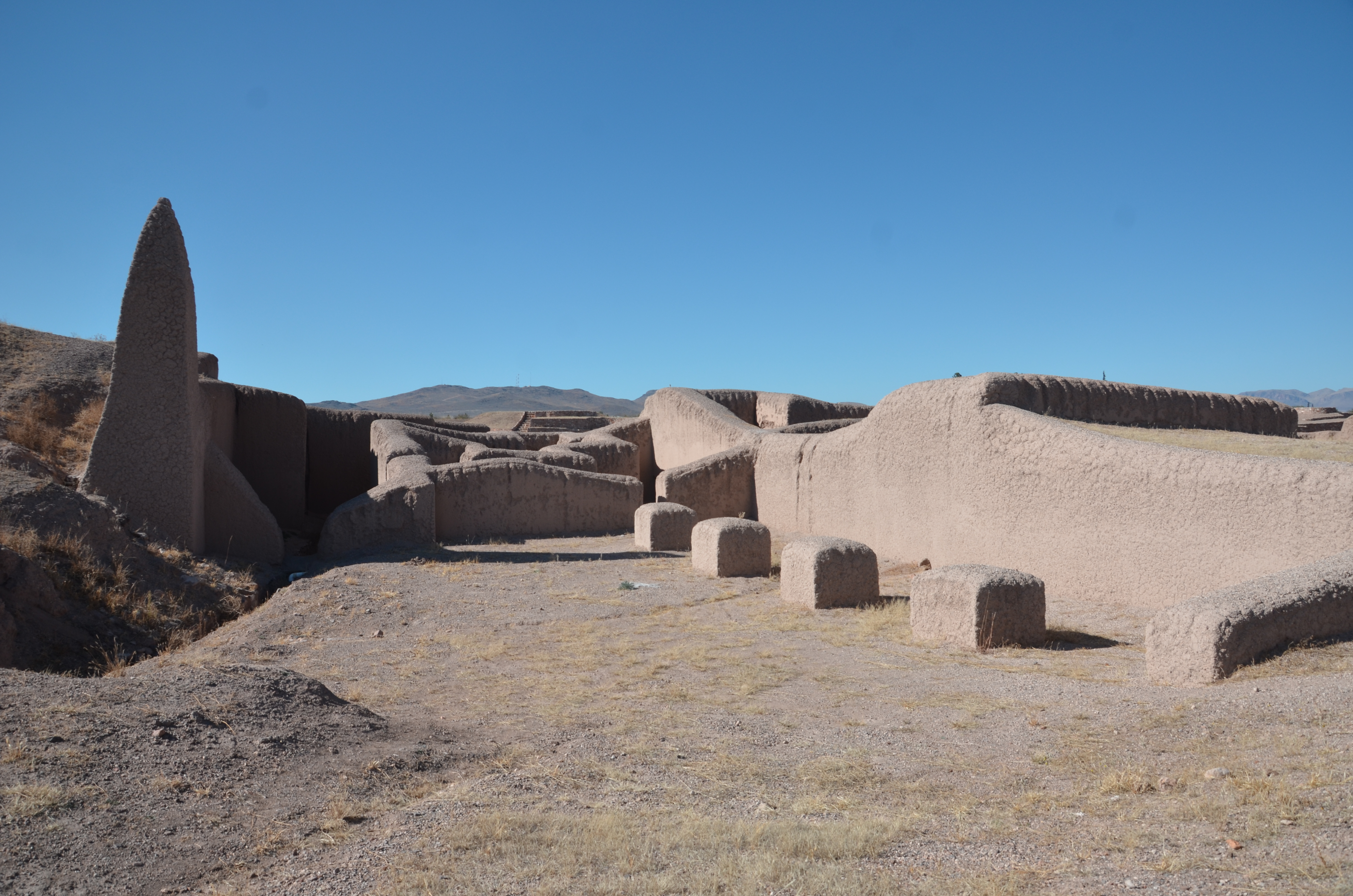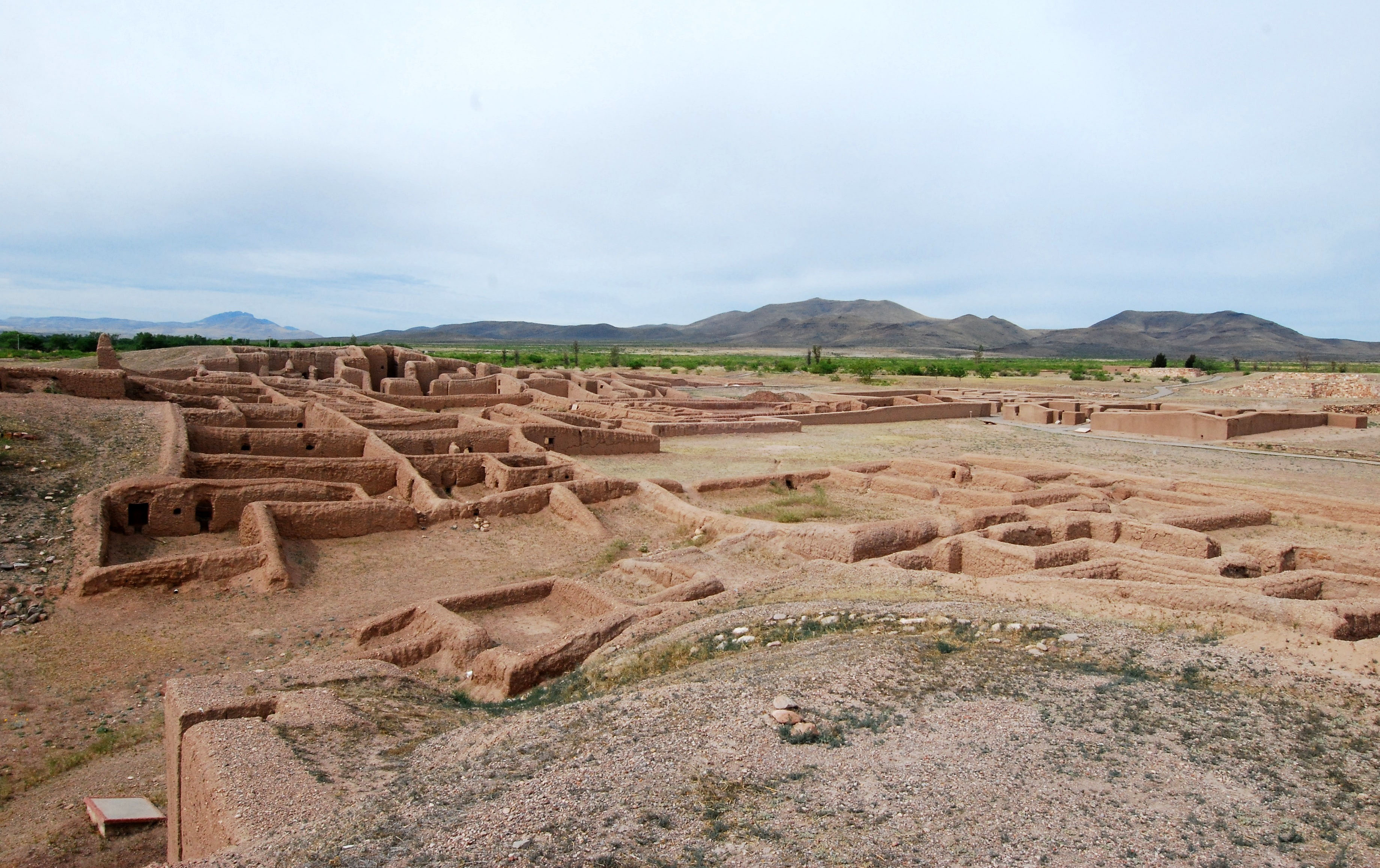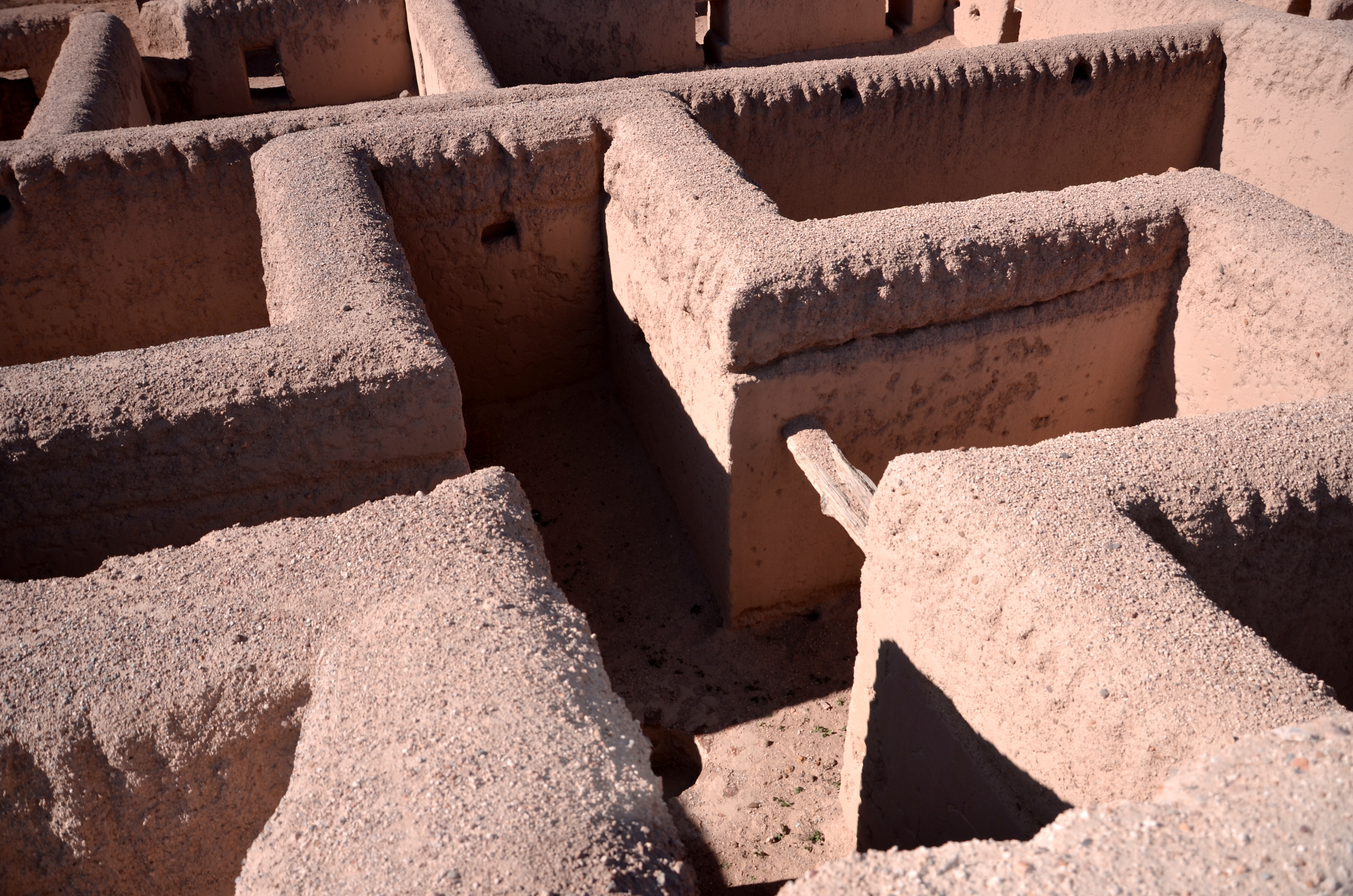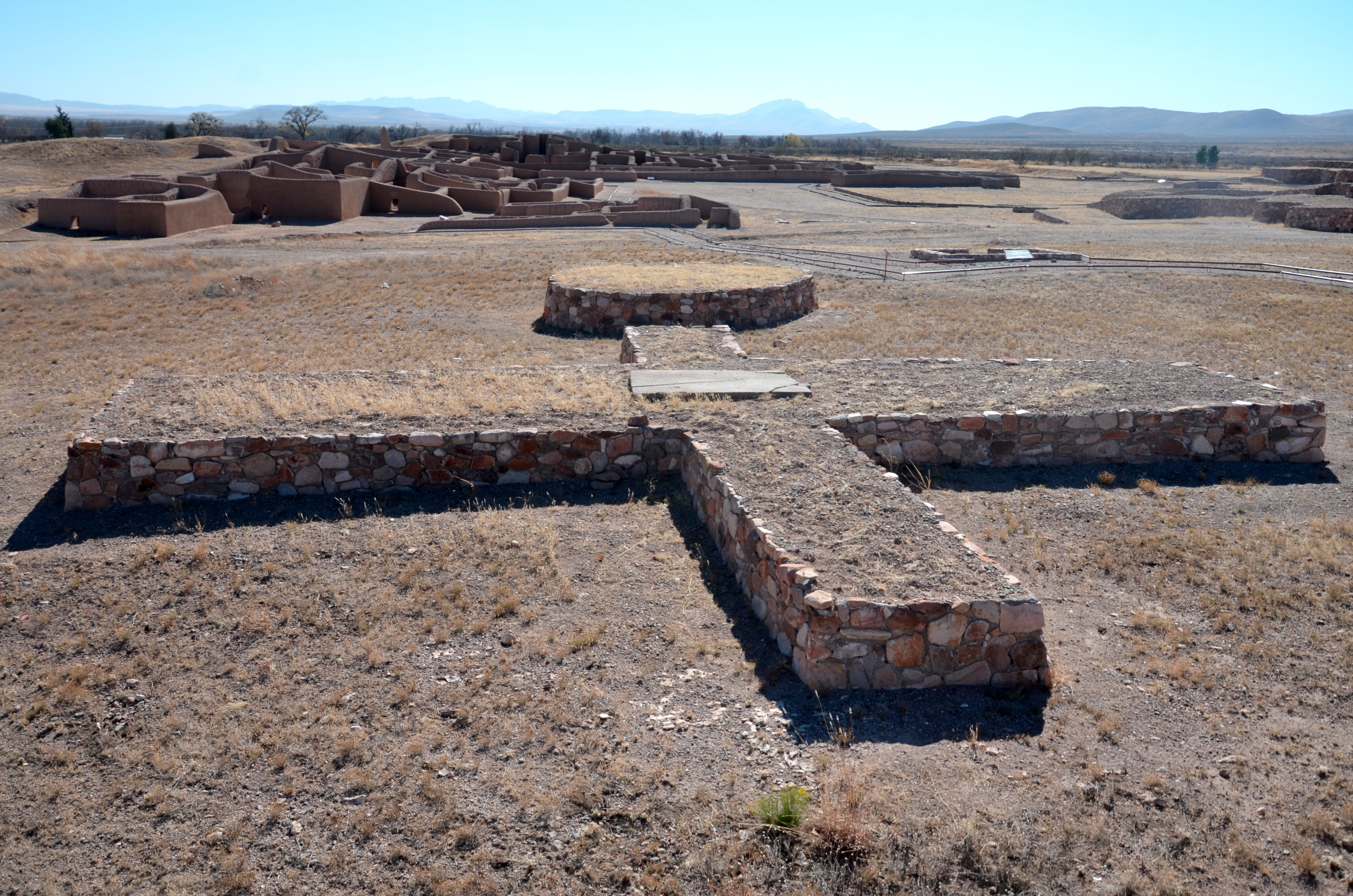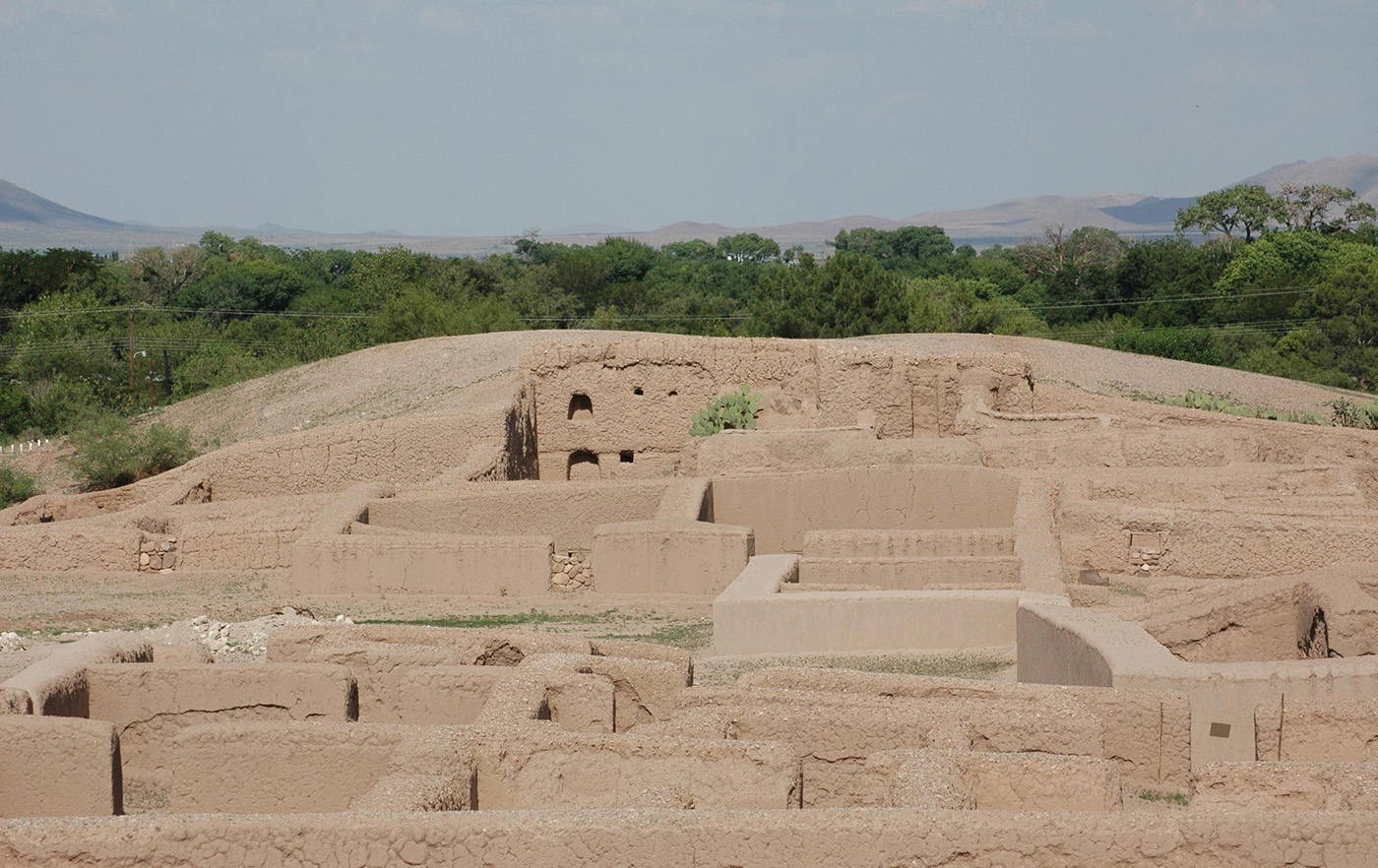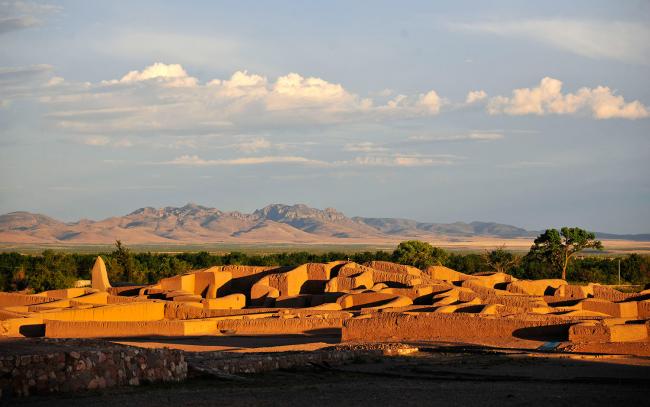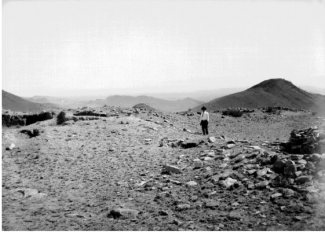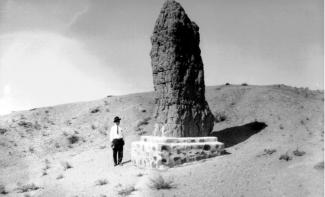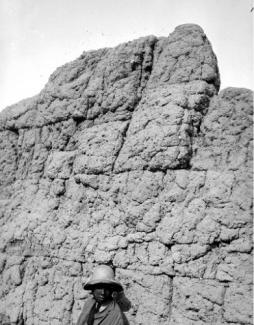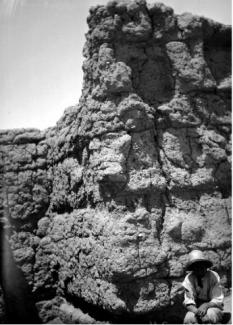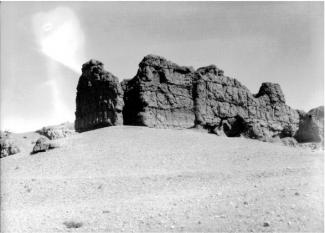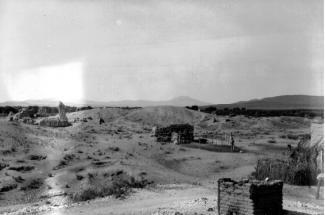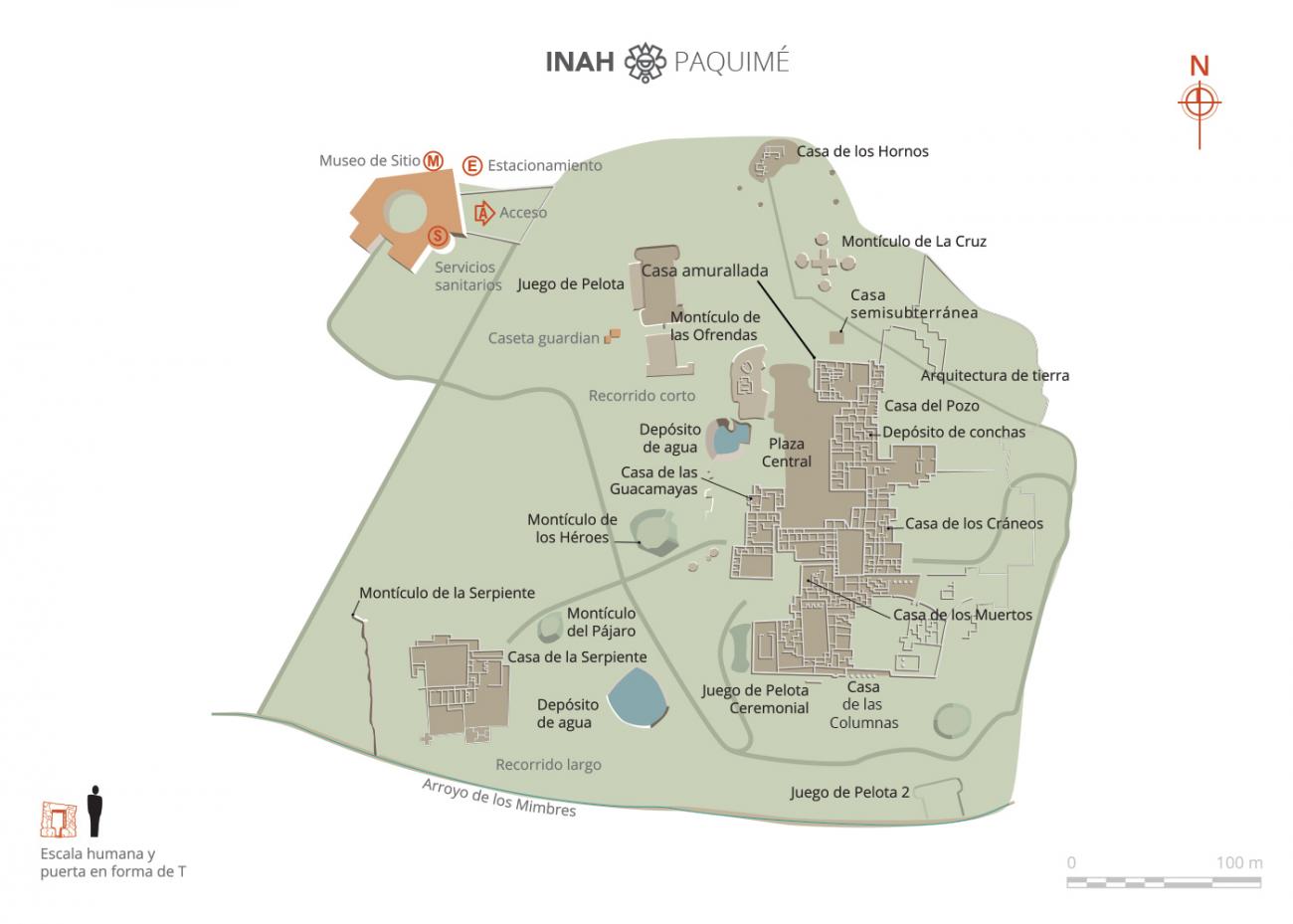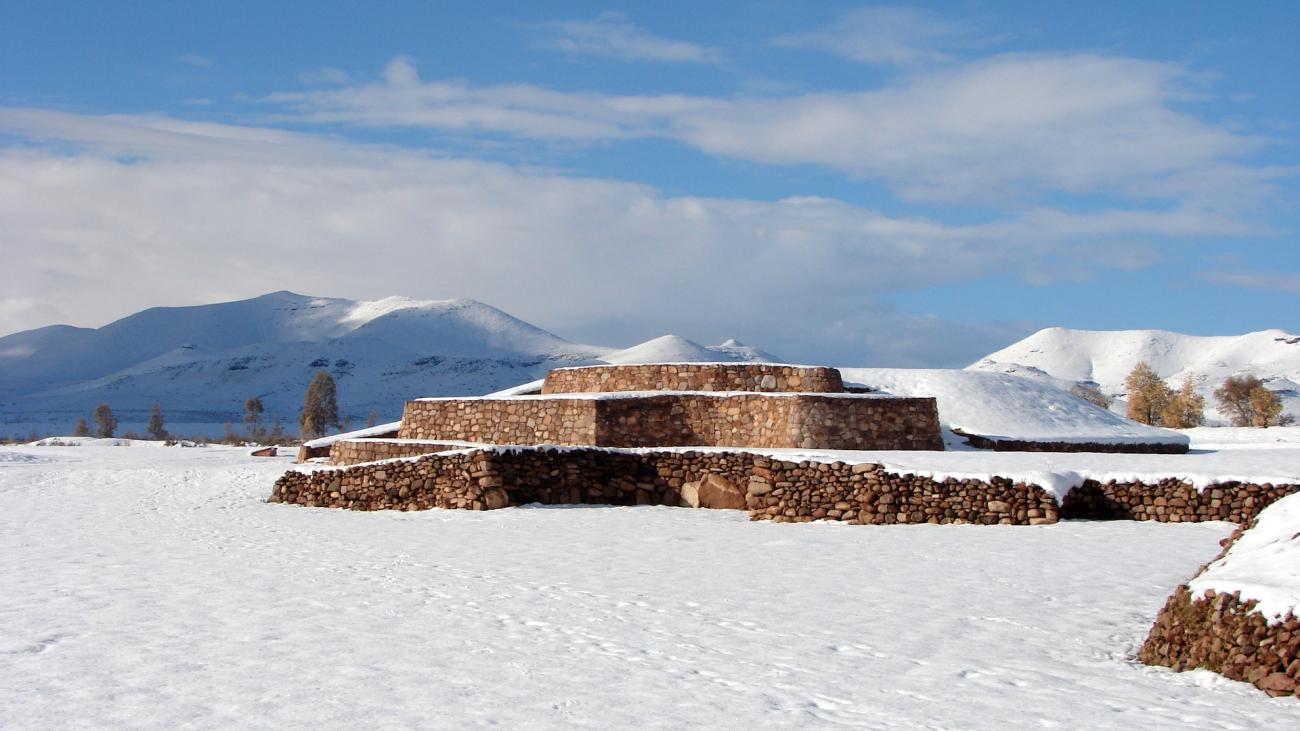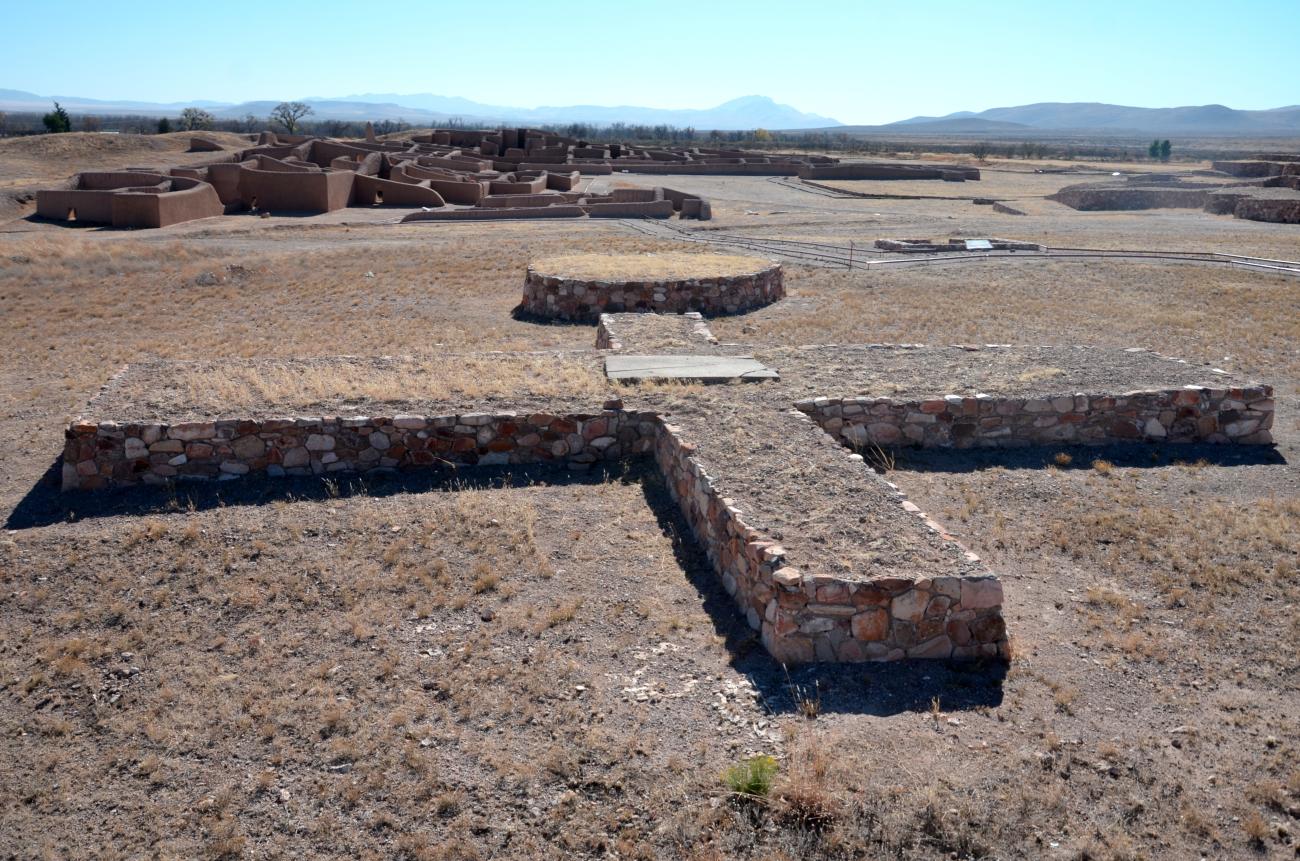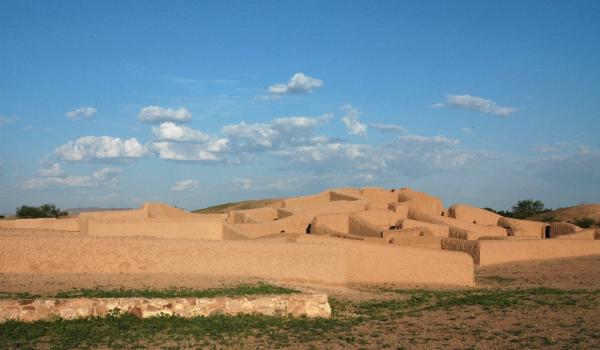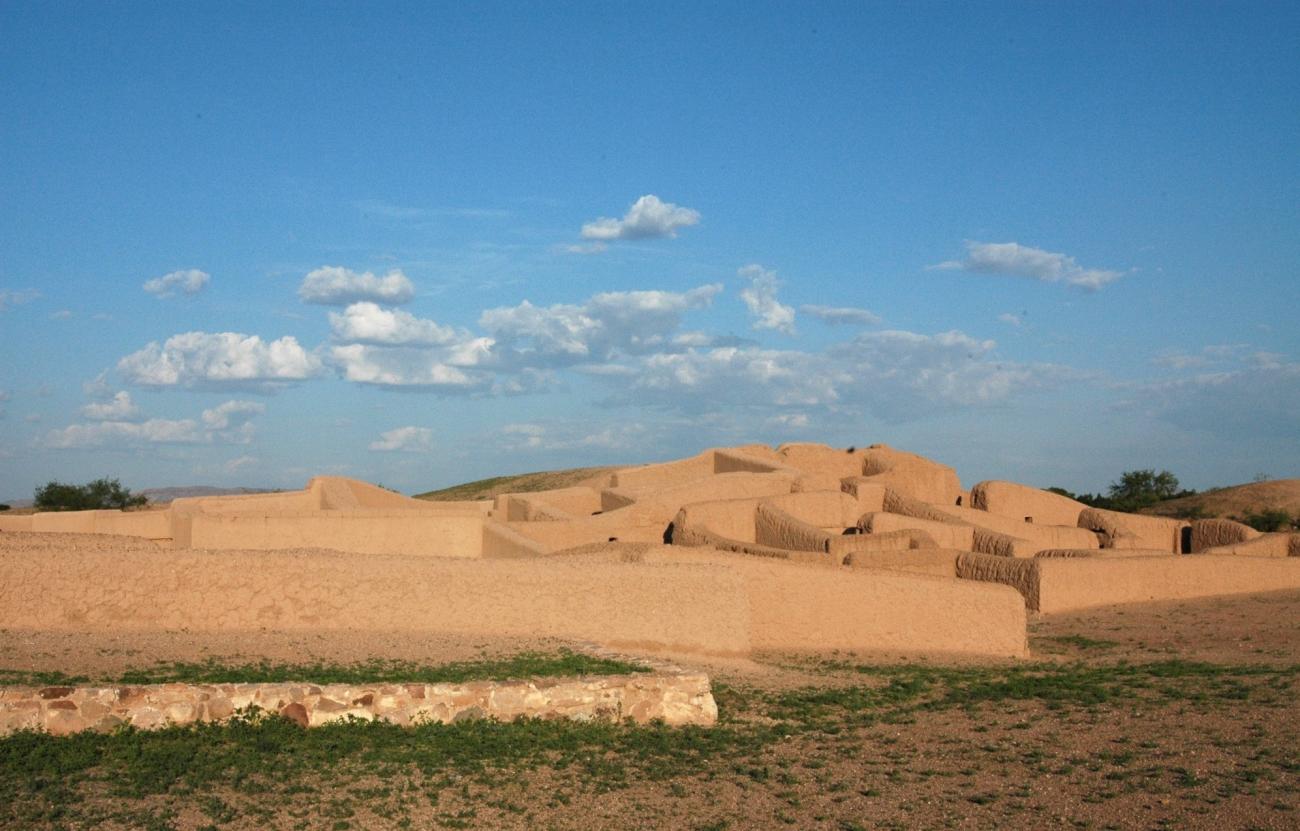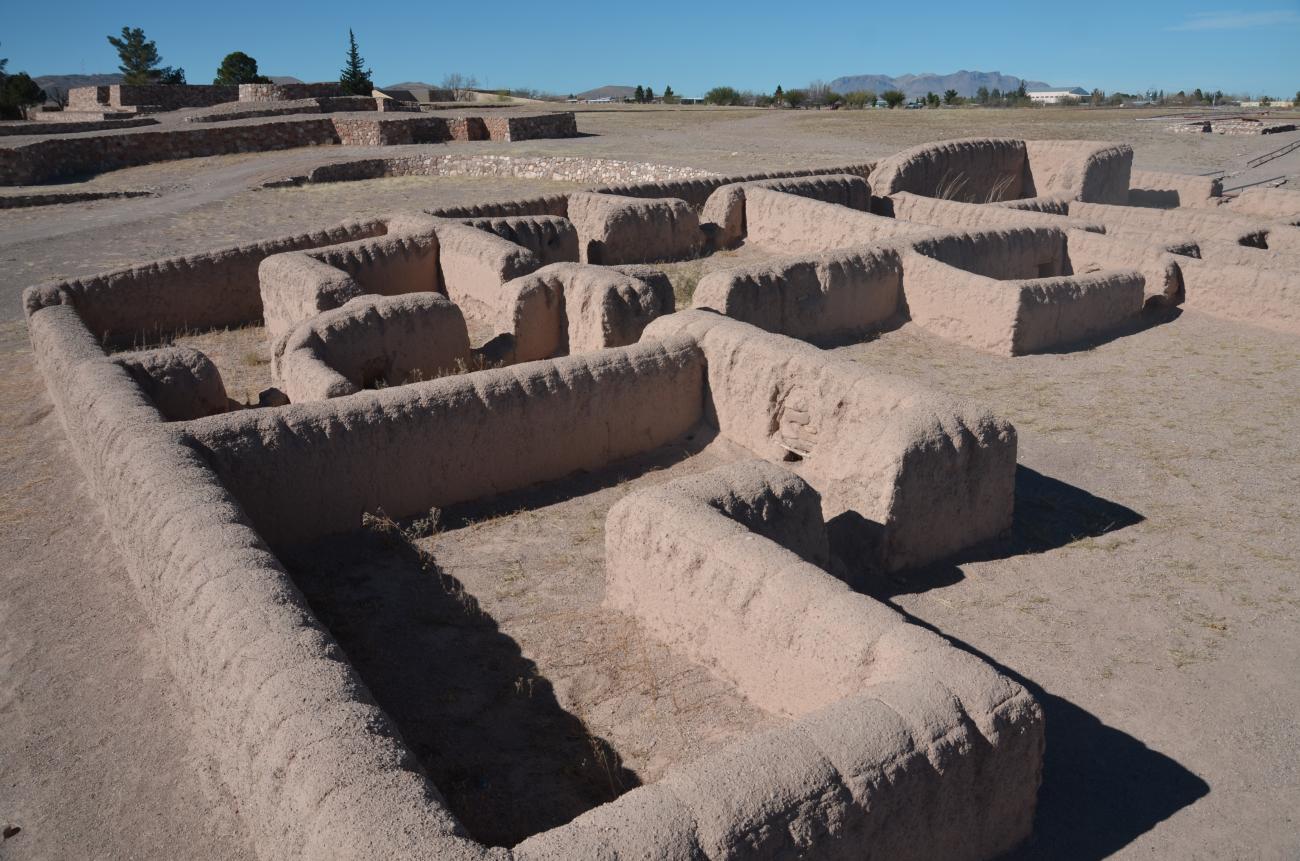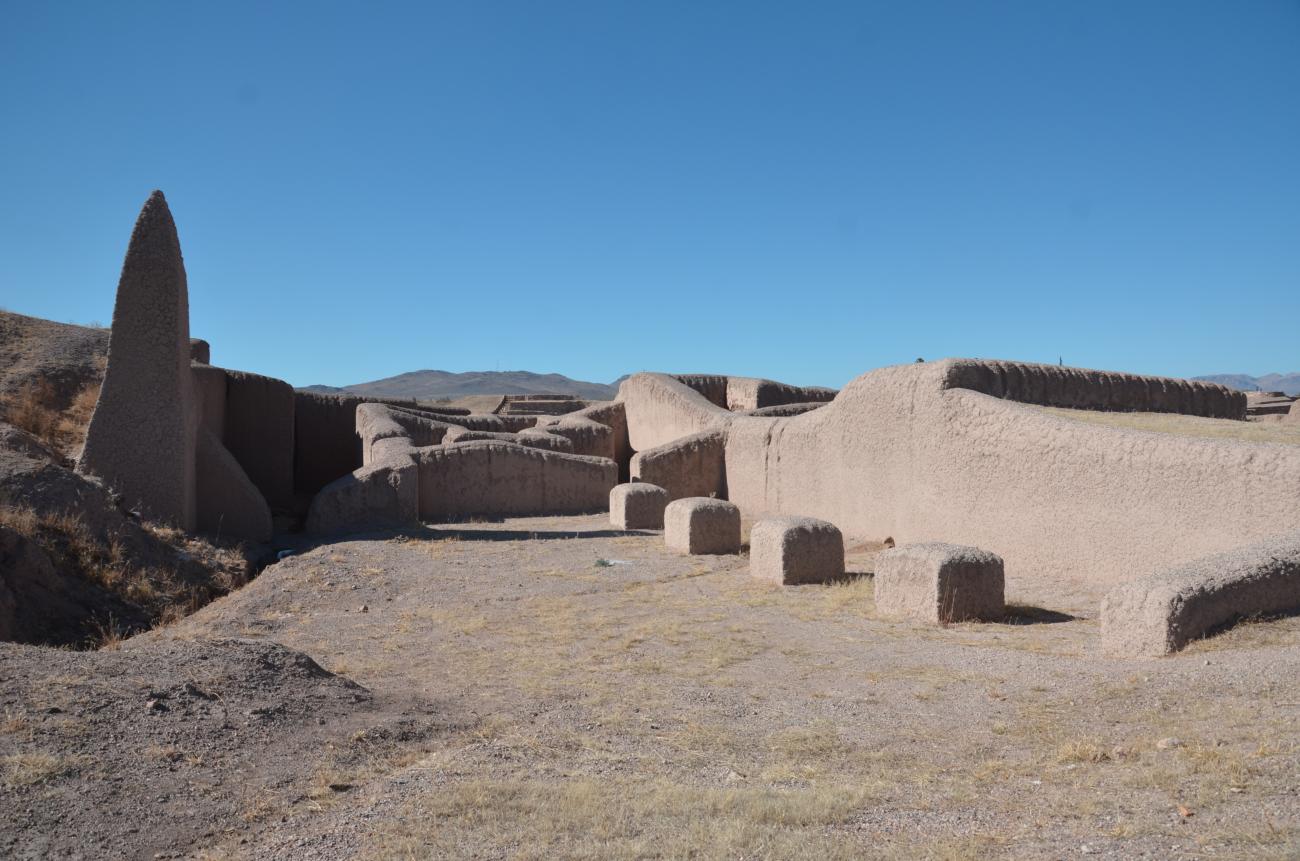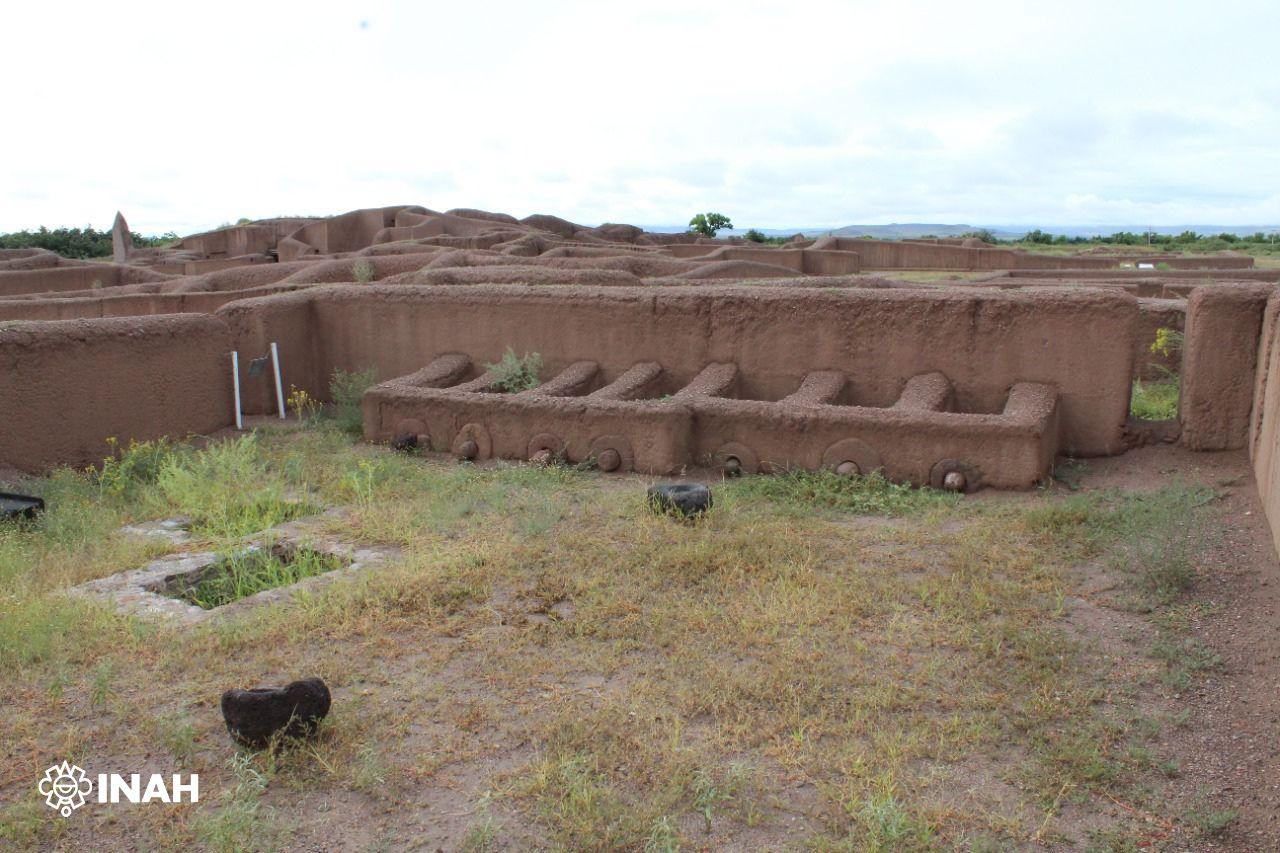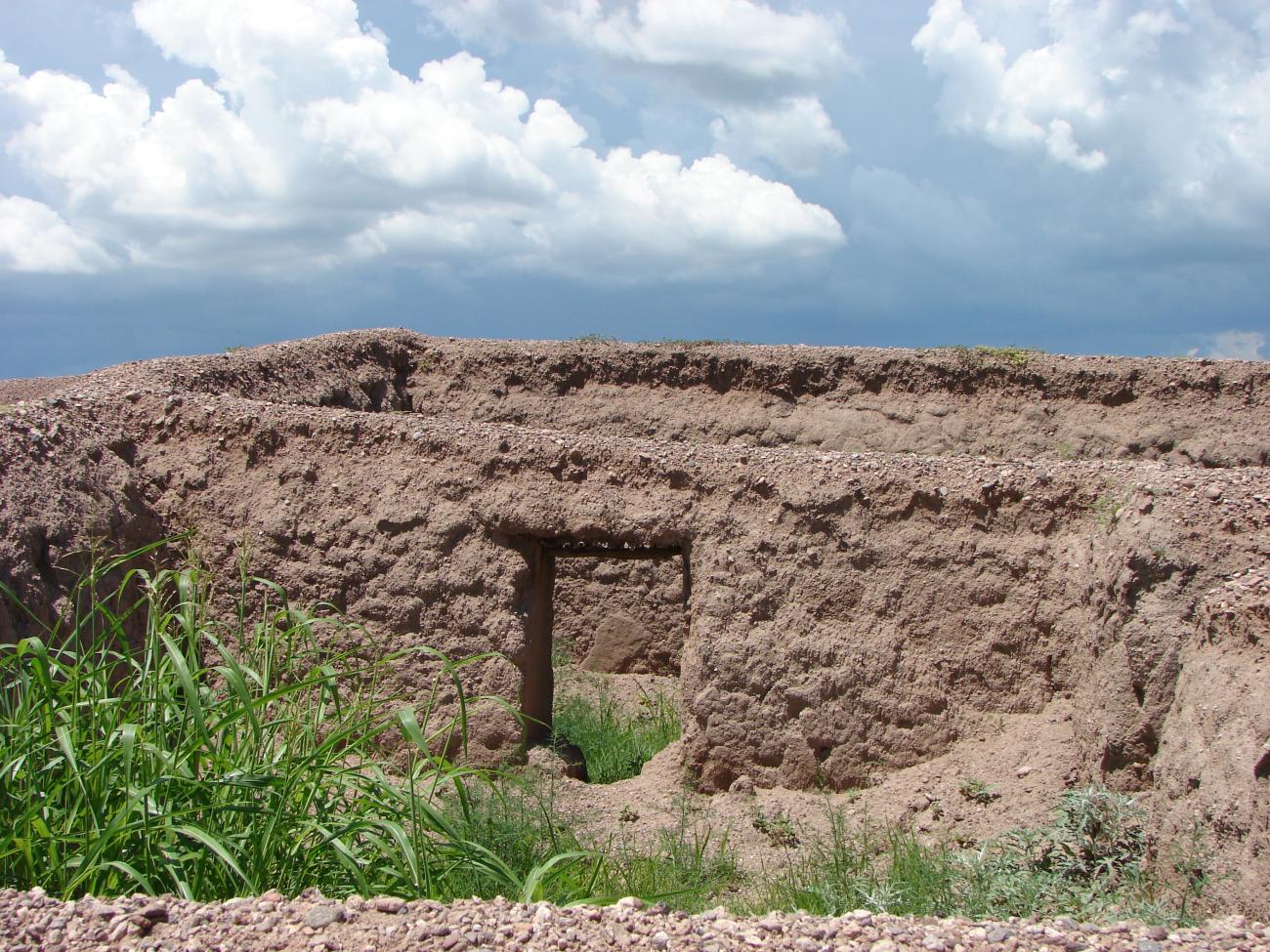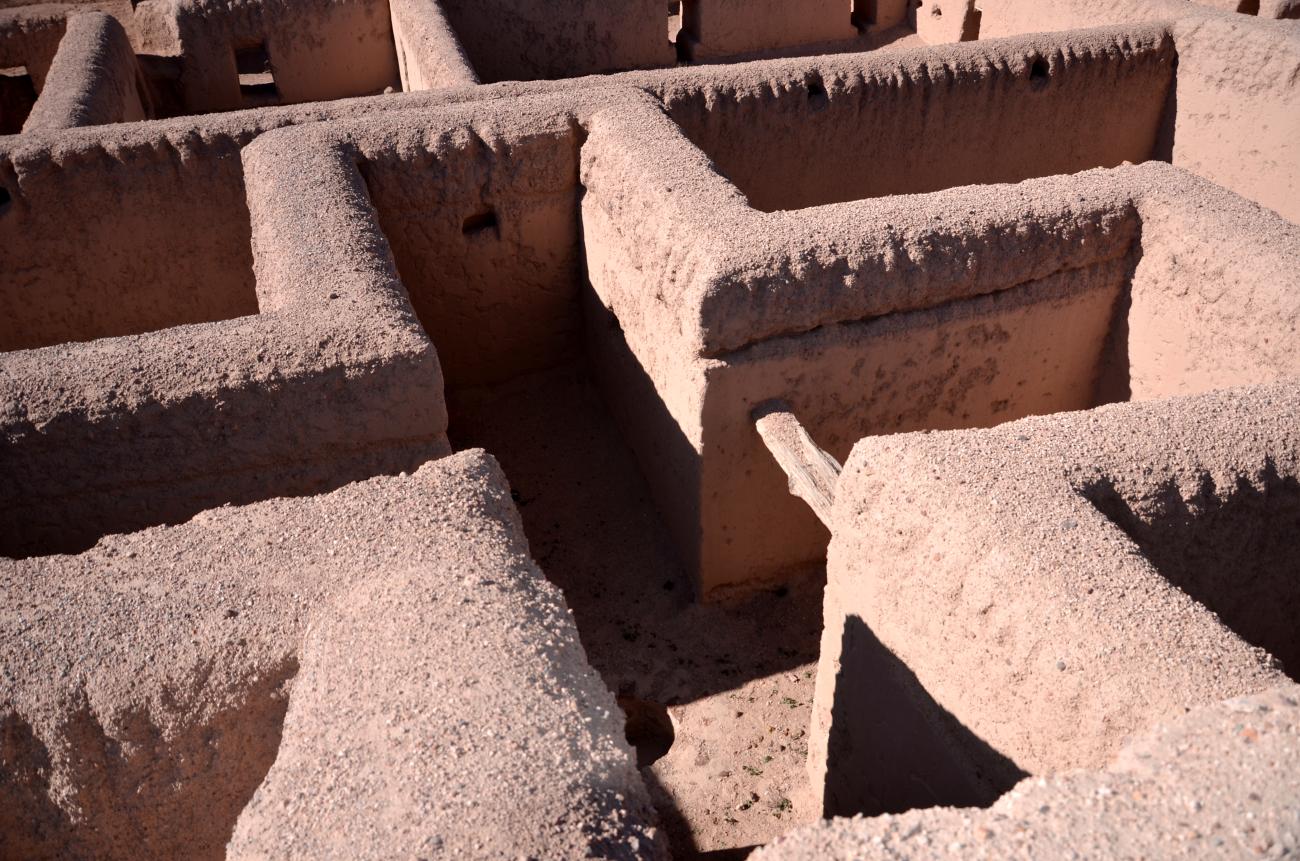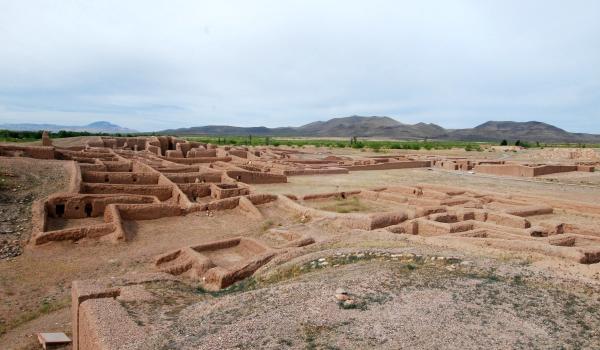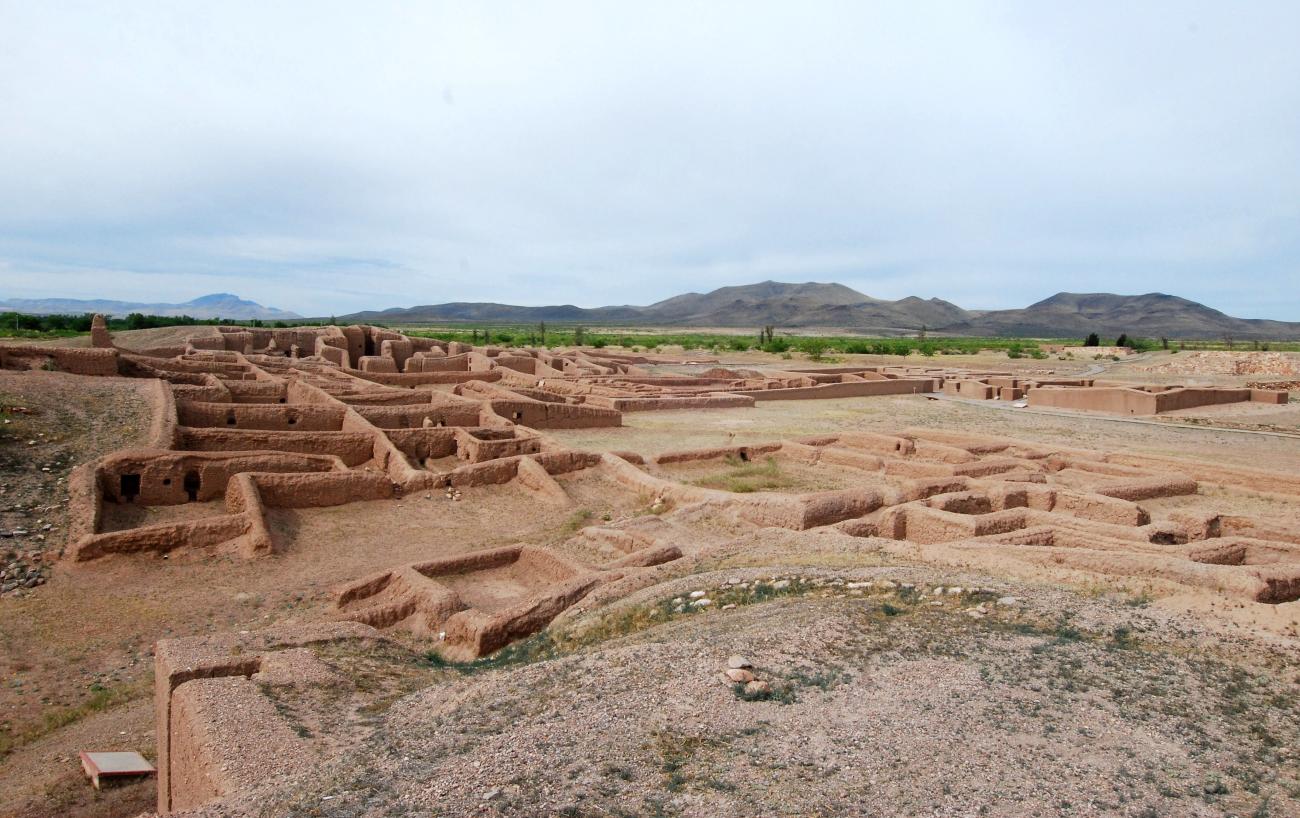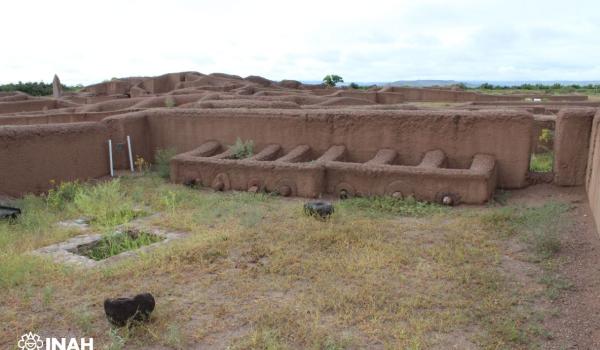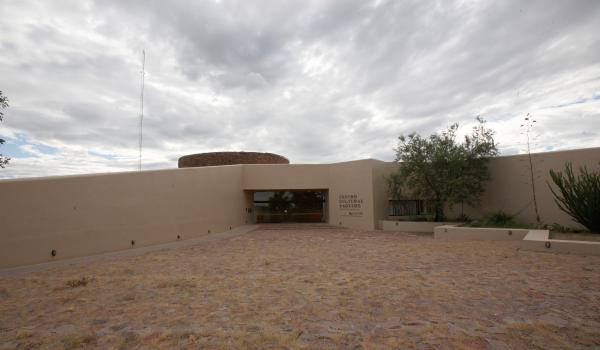Paquimé is located in the north of Mexico, in the geographical region of the Chihuahua Desert, where the Casas Grandes, Santa María and El Carmen rivers act as the arteries of life. In 1998, it was enrolled in the list of UNESCO World Heritage Sites, as its remains tell us not only about the cultural value of this archeological site, but also provide a unique and exceptional testimony of the connections between Mesoamerica and the north of Mexico. They provide an excellent example of the building’s typological development and architectural design.
The traces of a history framed in a magnificent setting of earthen architecture are found here. This history began around the year 600 AD with the first trench house villages, located near the natural springs in the riverside areas. These villages were abandoned around the year 900 and substituted for buildings made from clay, or mud, walls. The first multi-family sites are houses with internal courtyards used as domestic areas and workshops.
Thanks to the development of irrigation agriculture in around the year 1200, the wealth acquired allowed for the architectural development of the family unit and building began for a population center comprised of large family settlements up to three floors in height with storerooms, living areas, bedrooms and reception rooms, intended for use by the ruling class. Workshops were also built for craftspeople and temples for religious worship, squares for markets, ballgame courts and hydraulic systems with wells and canals, for the convenience of the village.
During this period, trade with the peoples further north and the cultures of Western Mexico considerably increased regional interaction, and various artisan trades prospered. They imported macaw from the south, turquoise and copper objects from the north, salt from the Samalayuca desert and shells from various animal species traded from the Pacific coasts. They exported high value luxury objects to these same regions: polychromatic ceramic, anthropomorphous vases or figurines, and turquoise and copper objects, as well as raw clay, among many other materials. Today, these are exhibited in the Museum of Northern Cultures located in the same archeological area. arqueológica.






